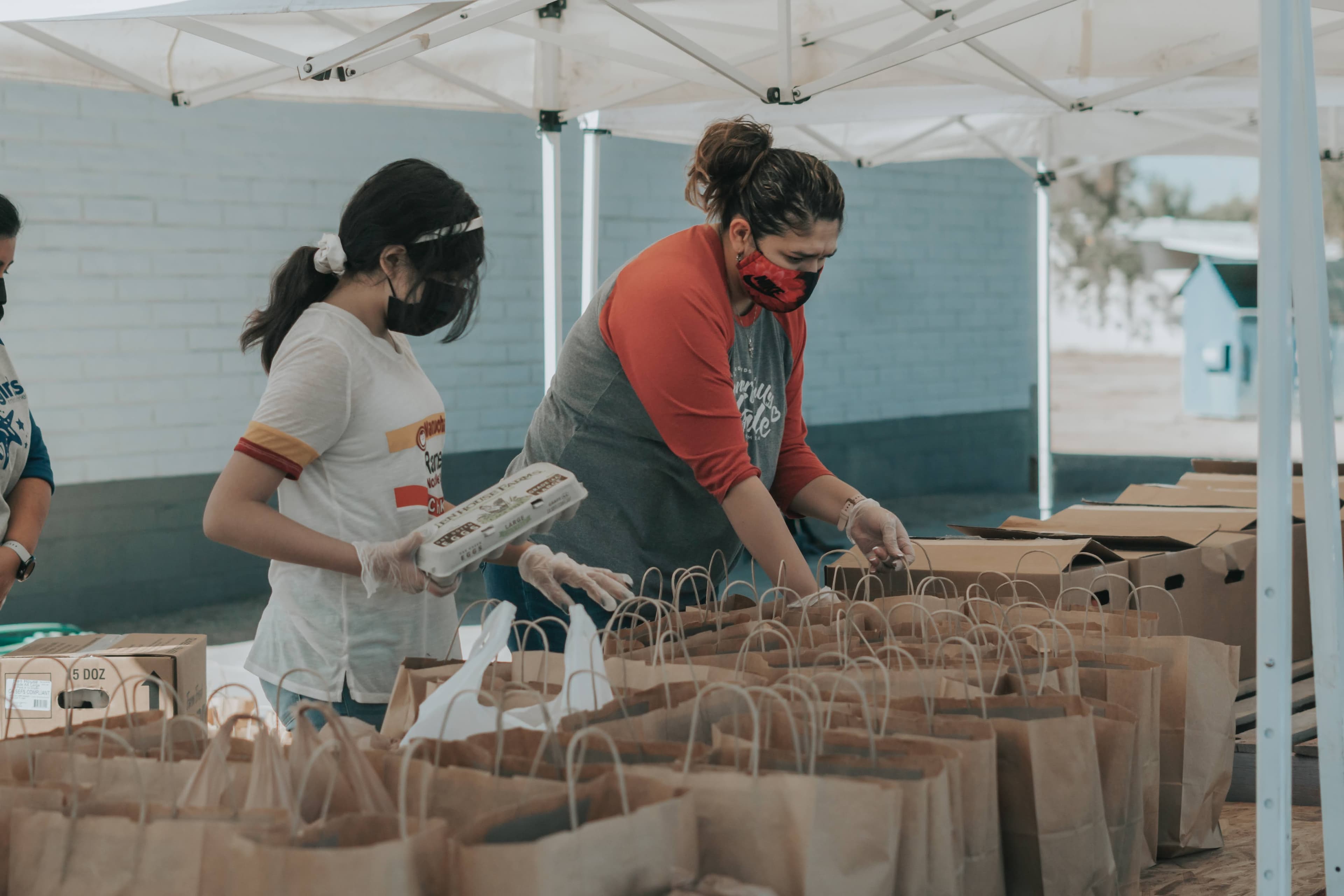Abstract
Food banks were already institutionalized actors of the private social
safety net before the pandemic. During the pandemic, food banks have
experienced massive growth in the amounts of both public and private
resources being channeled through them, which has further solidified
their importance as actors in the limited US social safety net. However,
food banks are organizations that originated with a solution to food
waste and have since been trying to address the problem of food
insecurity. Building the organizations around the solution rather than
the problem may be the cause of criticisms that have been leveled
against food banks, such as bolstering the corporate food system and
invalidating the right to food. Given food banks originated as a
solution that found their problem, what models of change do food banks
put forth for addressing food insecurity? Drawing on 52 interviews with
food banking leaders, I have identified three typologies of food bank
models of change. The first model is the Model of Traditional Charity,
where food banks seek to address hunger through providing people with
food. The second is the Model of Personal Responsibility, which focuses
on work-based models of self-improvement, nutrition, and education as
routes for people to pull themselves out of poverty. The third model is
the Model of Systemic Change, through which food banks work to influence
the structural barriers that keep people in poverty through focusing on
policy, systemic inequities, and political mobilization.
